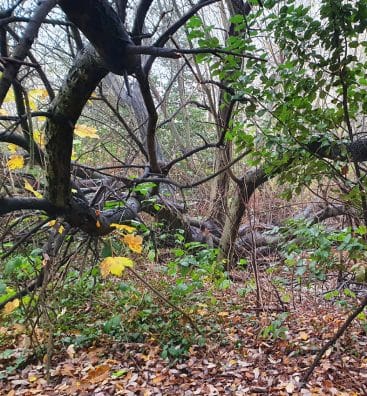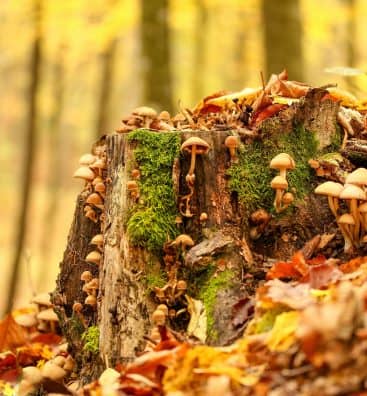Natural regeneration
A race to find modern technology that can sequester carbon dioxide from the atmosphere neglects the power of plants, the natural regeneration of photosynthesis.
Plants
Forest regeneration
The interconnection of nature is a beautiful and complex system where each element plays a crucial role and forest biodiversity is vital to maintaining a healthy ecosystem.
Healthy soil, rich in nutrients and microorganisms, supports the growth of diverse plant species. These plants, in turn, provide habitat for a variety of wildlife and help regulate the climate by absorbing carbon dioxide. They also play a fundamental role in the water cycle, helping to filter and distribute water resources.
This intricate web of life highlights the importance of conservation efforts. By protecting our forests and promoting forest biodiversity, we are not just preserving wildlife, we are also safeguarding the health of our planet and, ultimately, ourselves.





Ground
Soil Regeneration
Good soil health is essential to healing our planet. It is the answer to many of the challenges we face, including climate change, the greenhouse effect on the atmosphere, clean air and water, thriving wildlife, and food security among a growing population.
“It’s fascinating and worrying to think that it could take more than 500 years for just one inch of topsoil to form.” This highlights the importance of soil conservation.
Healthy soil is a driving force in the fight against climate change. It acts as a carbon sink, absorbing greenhouse gases from the atmosphere. This not only helps mitigate the greenhouse effect but also contributes to forest biodiversity and cleaner air for us.
The security of the food chain depends on the health of the soil, which is more productive and resilient to support the diverse and abundant crops crucial to feeding our growing global population.






wildlife
How can regeneration help wildlife?
Regeneration is a powerful tool that allows the forest to grow and maintain a healthy ecosystem naturally, it encourages a healthy forest with a rich diversity of tree species which in turn play a crucial role in sequestering carbon emissions through the process of photosynthesis, where they absorb carbon dioxide from the atmosphere and convert it into oxygen and biomass.
THIS NOT ONLY HELPS MITIGATE CLIMATE CHANGE BUT ALSO CONTRIBUTES TO CLEANER AIR FOR YOU AND ME.
Ultimately, healthy forests are the backbone of our planet’s ecosystems. They provide habitat for countless species, regulate our climate and support human livelihoods. By promoting natural regeneration, we can ensure these vital ecosystems continue to thrive for generations to come.





